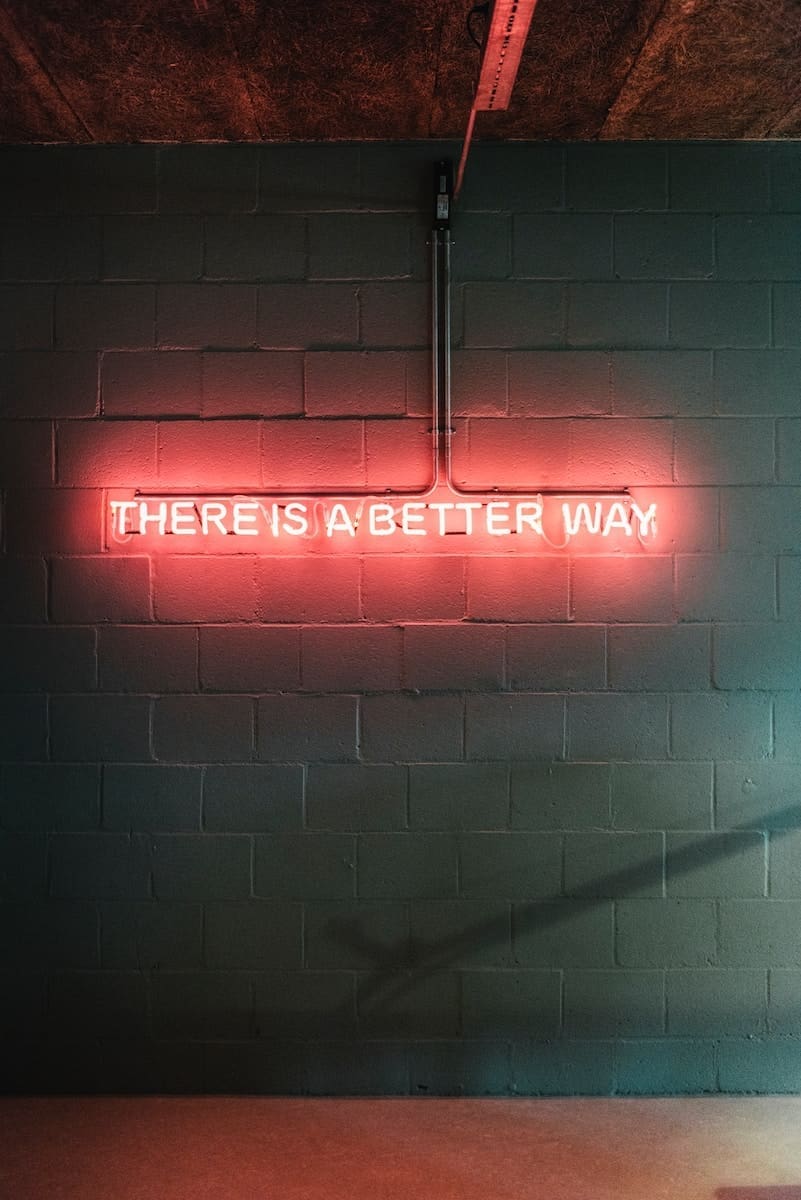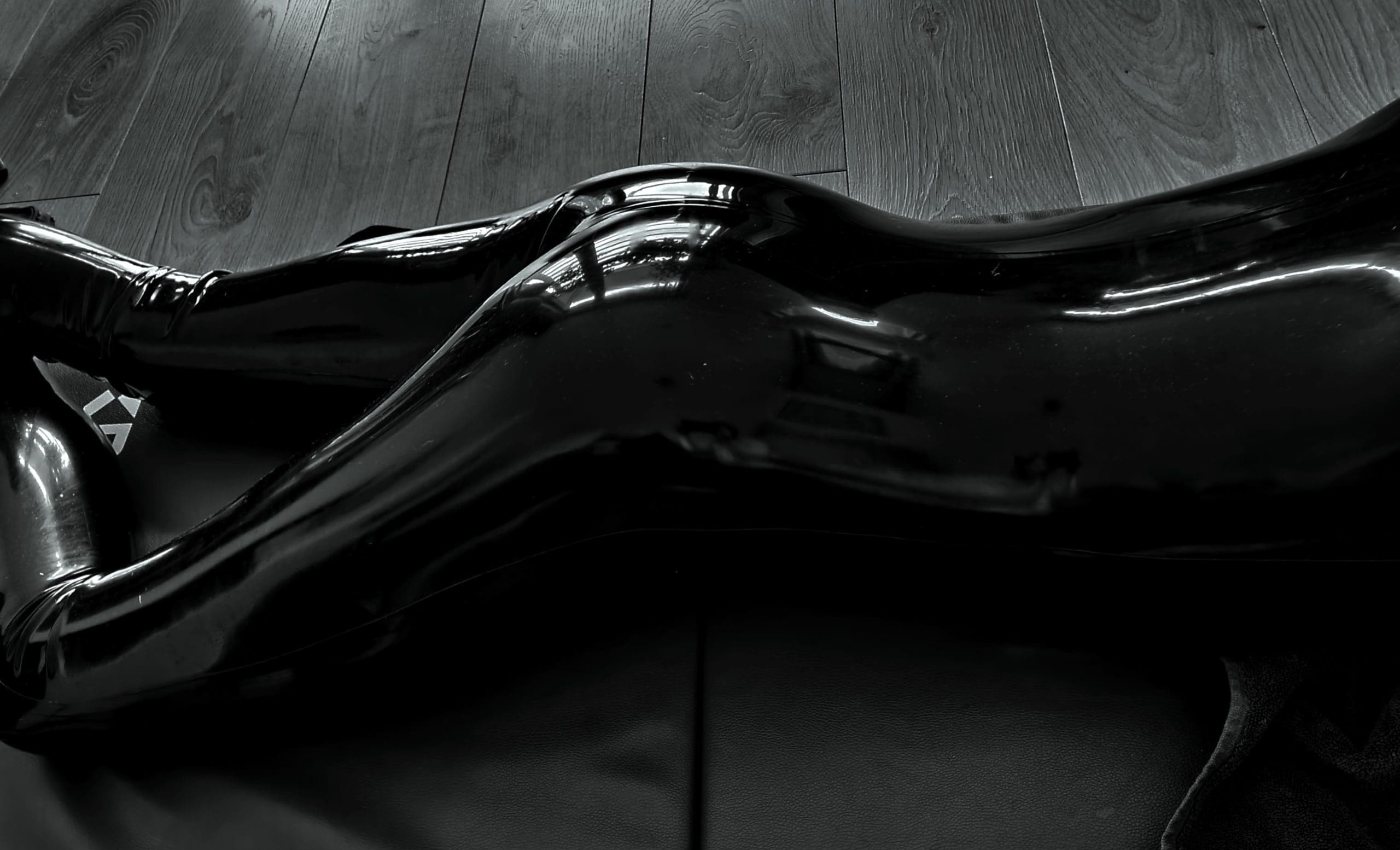
High protocol is a term which gets kicked around a lot, but it’s not the As a precursor to my post on establishing effective and sustainable protocol in a D/s dynamic, I just wanted to cover an introduction to protocol and explain how it operates as a distinct concept.
So, what is protocol?
‘Protocol’ refers to standards of behaviour or procedures agreed within a D/s dynamic, commonly intended to formalise and give form to a power exchange dynamic.
Levels of protocol
So, what is ‘high protocol’? And what about the other levels? Well, many D/s dynamics have agreed ‘levels’ of protocol:
High protocol – strict etiquette, generally reserved for high protocol kink events or other limited time periods. These rules will generally be very restrictive and emphasise the sub’s place, however similarly set expectations of the dominant to behave accordingly.
Medium protocol – most dynamics will have something midway between high and low protocol. This may just refer to how they conduct their dynamic on a daily basis.
Low protocol – this refers to the most casual form of protocol. For some people, this might mean no protocol at all, whereas others may have ‘vanilla safe’ pre-agreed protocols in place.
Do keep in mind that what is considered high or low protocol is largely individual and down to negotiation between the parties.

High protocol, low protocol…. Why are there levels?
It’s basically the same principle which applies to all other behaviour – using your fingers is just fine for that 2 am kebab, but might raise some eyebrows an upscale restaurant. Having the protocol adapt to different situation allows for the dynamic to be expressed in a variety of settings, while remaining context appropriate and feasible.
What is the difference between high protocol and medium protocol?
As great as high protocol sounds in a fantasy, it is just not feasible to maintain in everyday life. Most of us have responsibilities and lives and things to do. It’s just not feasible to maintain as a standard of behaviour for either dominant or submissive. And here is the thing – protocol should give expression to a D/s dynamic, not feel like a chore for both sides.
So, medium protocol offers a happy middle ground between something so rigid that it takes more effort than you have energy for on your average Thursday and something so covert, it wouldn’t be noticeable to a vanilla person in plain sight.
Is high protocol the same as power exchange?
No, protocol and power exchange are separate concepts. Power exchange refers to the consensual exchange of power between a dominant and submissive. It can be limited to certain areas, such as the sexual, or it can encompass specific areas of life. It is key to understand that high protocol does not mean TPE and equally, low or no protocol does not mean that power exchange stops.
How does that work?
First, let’s look at how high protocol can operate without power exchange.
To illustrate this, I will borrow a passage from David English’s ‘The Ritual of Dominance & Submission‘.*
First, to set the scene – a new couple attend a formal high protocol dinner. Dominants seated at a large formal table, their slaves kneeling properly at their feet waiting for their own plates to be set on the floor and permission given to eat.
They are both in perfect form and follow the house protocols to the letter. From the perspective of any other guest, the couple seem experienced and the slave well trained. Some of the guests could even be seen whispering to one another about inviting them to be a regular part of their high protocol group.
Midway through the dinner, the slave reaches a hand over his mouth, palm out flat, waiting for permission to speak. His mistress intentionally lets him wait while she finishes her conversation and leans down close and says ‘Speak’. The slave leans in even closer and whispers, ‘my knees hurt and it sucks having to eat on the floor, next time I get to be the Master!’
This is an excellent example of high protocol without power exchange – two parties simply agree to play a role and follow a set of rules for an evening. The protocol is not an expression of any underlying power exchange, but rather a manner of roleplay.
This is a reflection of a key principle which is often overlooked – namely, that acts will not in of themselves create power exchange. Power exchange requires the genuine willingness of one side to take control and other to offer it, beyond the confines of a pre-agreed scenario.
Equally, you can have a TPE dynamic without high protocol.
A lot of my dynamic operates like that – I have the authority to make any and every decision, which I exercise at my own discretion. While we do have a level of protocol which is usually around, it is designed to integrate into the fabric of our day, offering a means of connection without being a burden.
For example:
A couple are out with a group of friends. They both are talking, laughing, engaged with the group. When the group sits down to order, the sub studying the menu says, ‘I think I’ll have that’
His other half glances over and says, ‘didn’t you have that last time?’
‘That’s a good point. How about this?’
‘That looks like something you might enjoy.’
Permission has just been asked and given, without any stray vanilla ears being any the wiser. The dominant has the power to decide what the submissive orders. The protocol ensures that she has the opportunity to exercise that power.
So, why is protocol important?
Structure can be generally helpful in pursuing any lifestyle and ultimately, being a good submissive or a good dominant takes effort and application.
Protocol can provide structure which help both dominant and submissive better fulfil their part in the dynamic – in short, it’s a way within D/s, that both sides can be a better partner to the other. It offers a structured way of engaging with space and a way that needs and wants can be fulfilled in the course of everyday life.
So, how to put in place effective sustainable protocol? Take a look at my post on how to set sustainable and life-proof protocol.
* Footnote: please note that English’ book focuses on Master / slave dynamics specifically and hence word ‘slave’ is used, whereas this blog uses the umbrella term ‘submissive’.







Saccarozy says:
Hi Miss, I am Saccarozy (from FF). Just curious about something. Can a dominant change protocol rules when she wants? Like when in a protocol, for example? It damages the integrity of a protocol, isn’t it?
Miss Rosalie says:
That’s a good question. In principle, of course she can vary it to her hearts’ content, especially within a TPE dynamic. However, a large part of the point in having protocol is to have a comfortable and stable set of rules, so substantially varying them with no notice would generally defeat the point of having them in the first place.
I would say how much a dominant can vary protocol in the moment depends on the context and the level of protocol – certainly, when it comes to high protocol, those rules are very rigid and exact and it would absolutely defeat the point to change them on a whim. Medium and low protocol, however, should generally be designed with flexibility in mind, which should give scope to adjust to account for life (as mentioned in my post on setting protocol). And of course, protocol can be (and should be) periodically adjusted to make sure that it is effective and practicable.
I do hope that answers your question (and do feel free to ask further if it doesn’t).